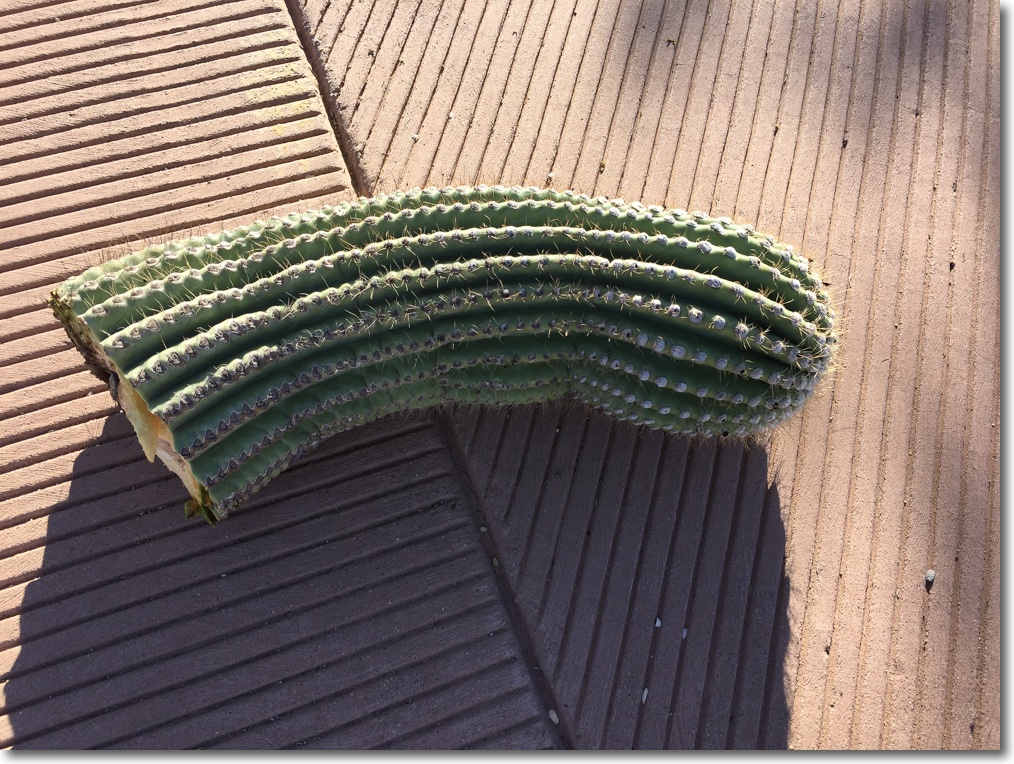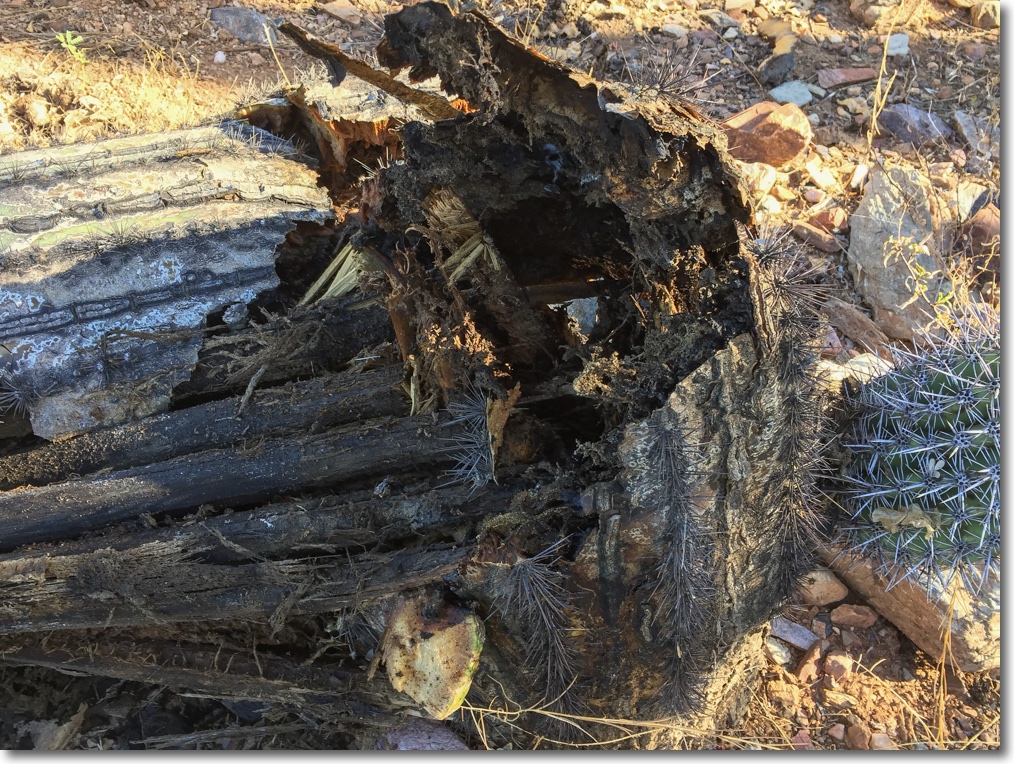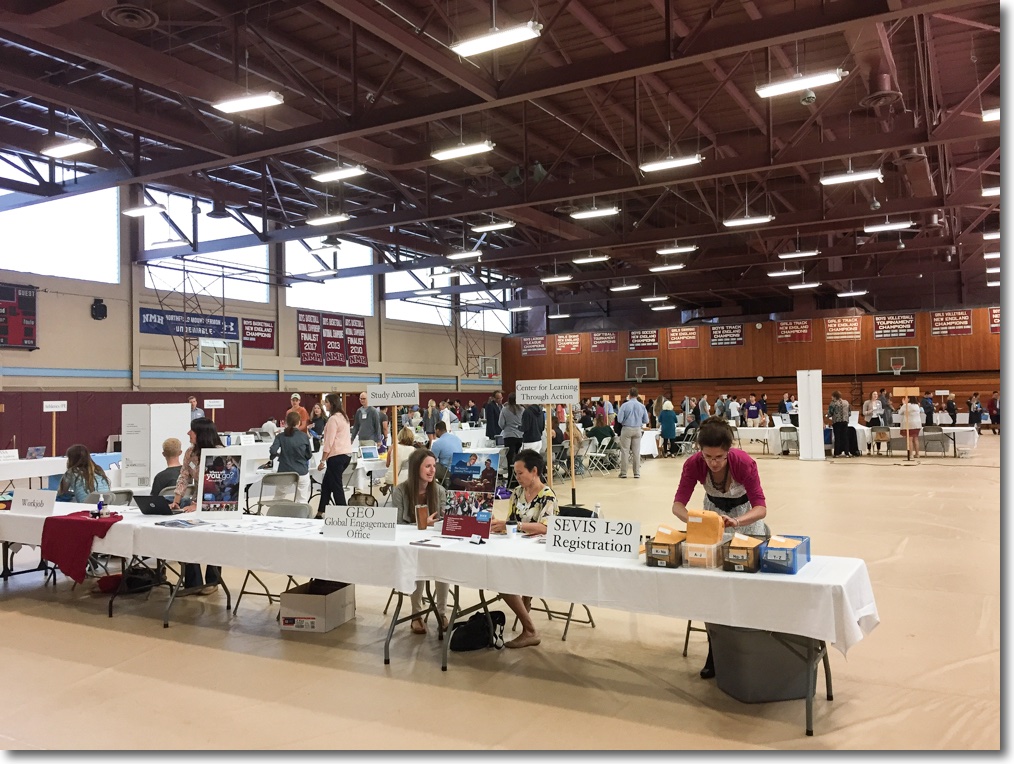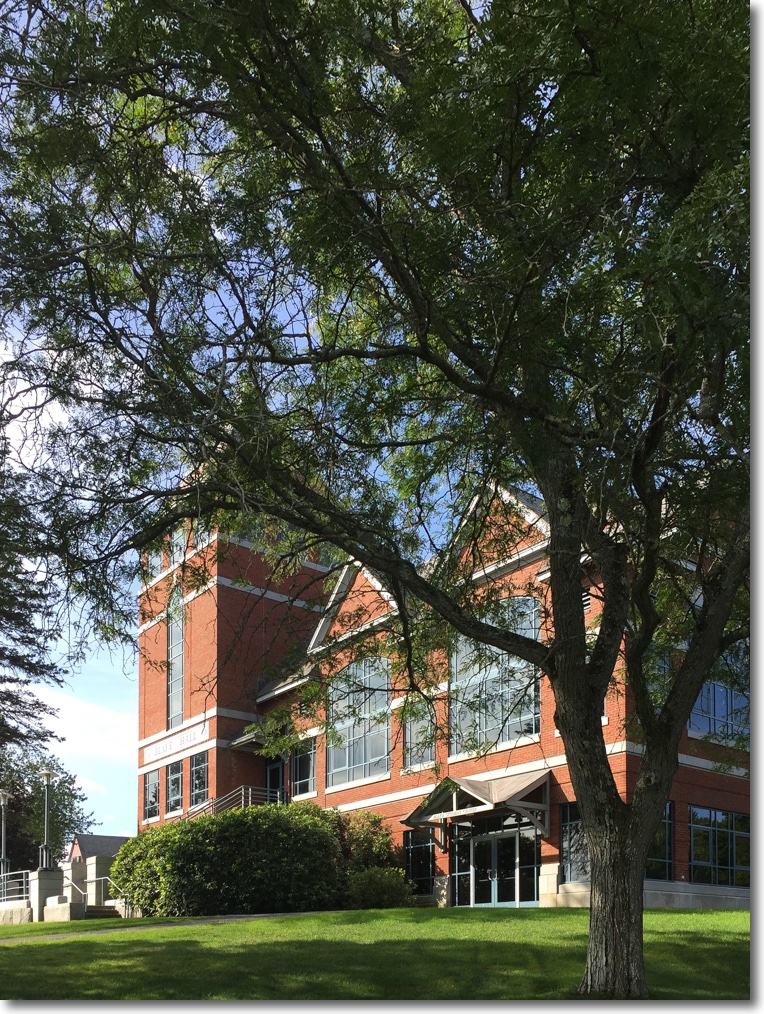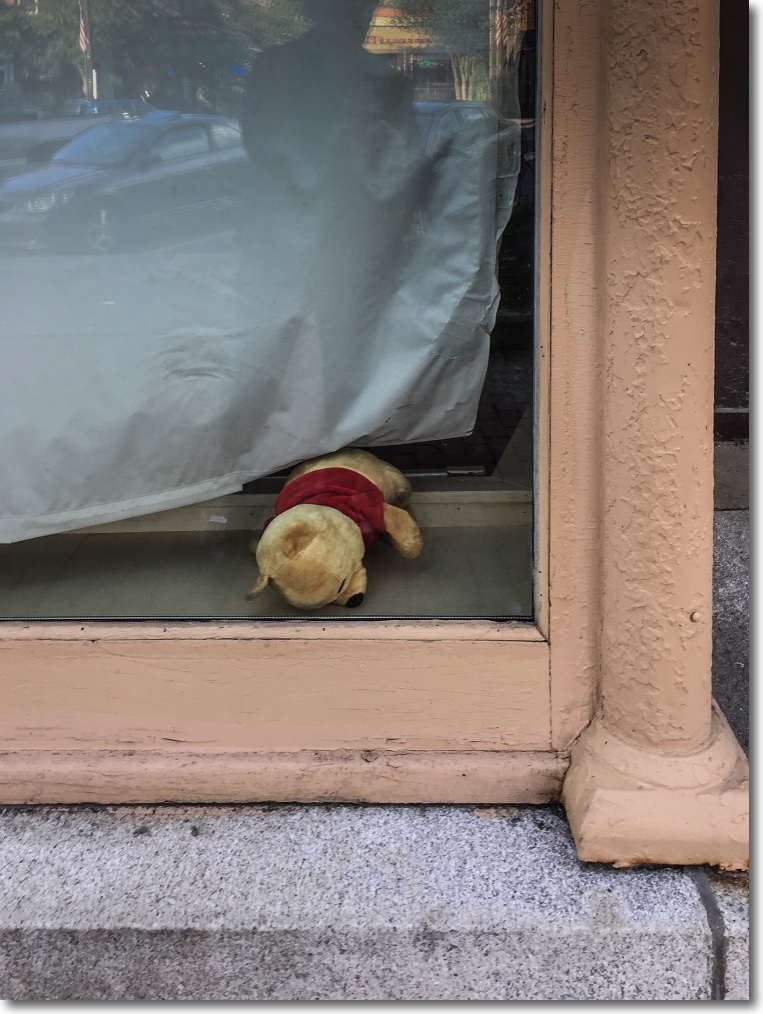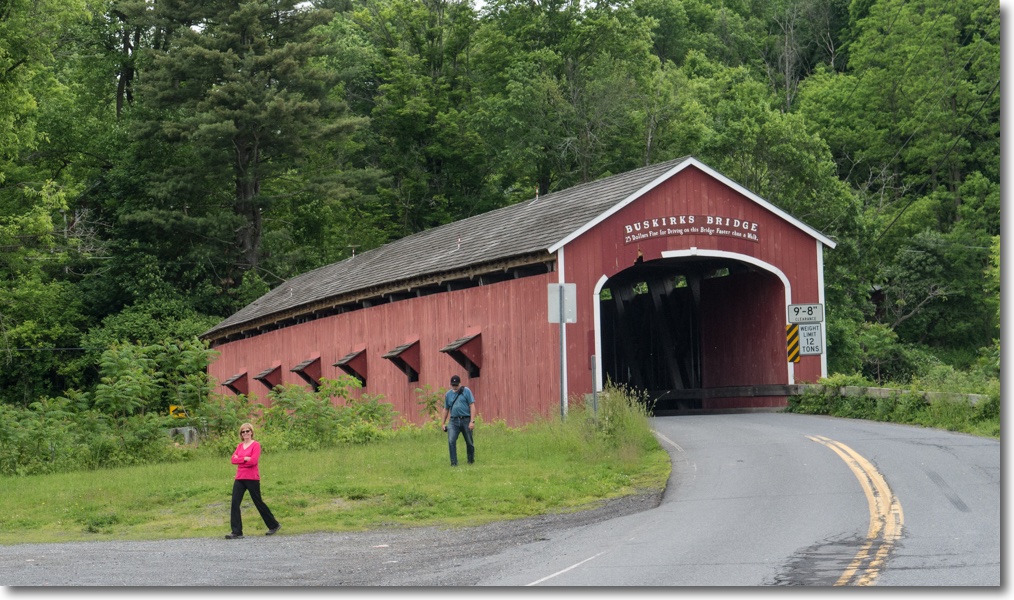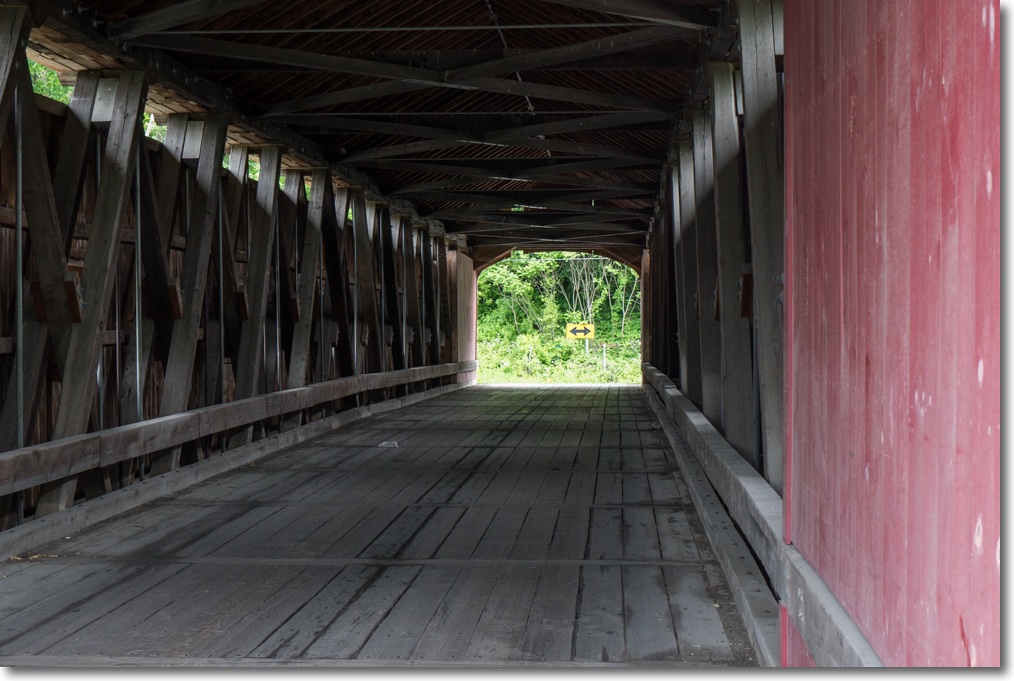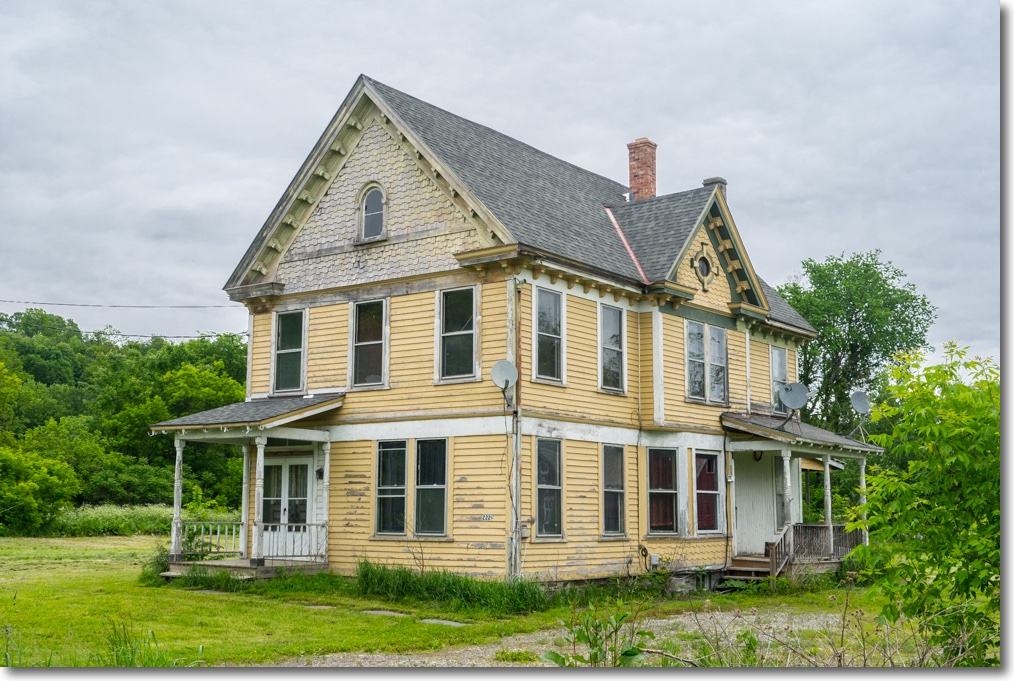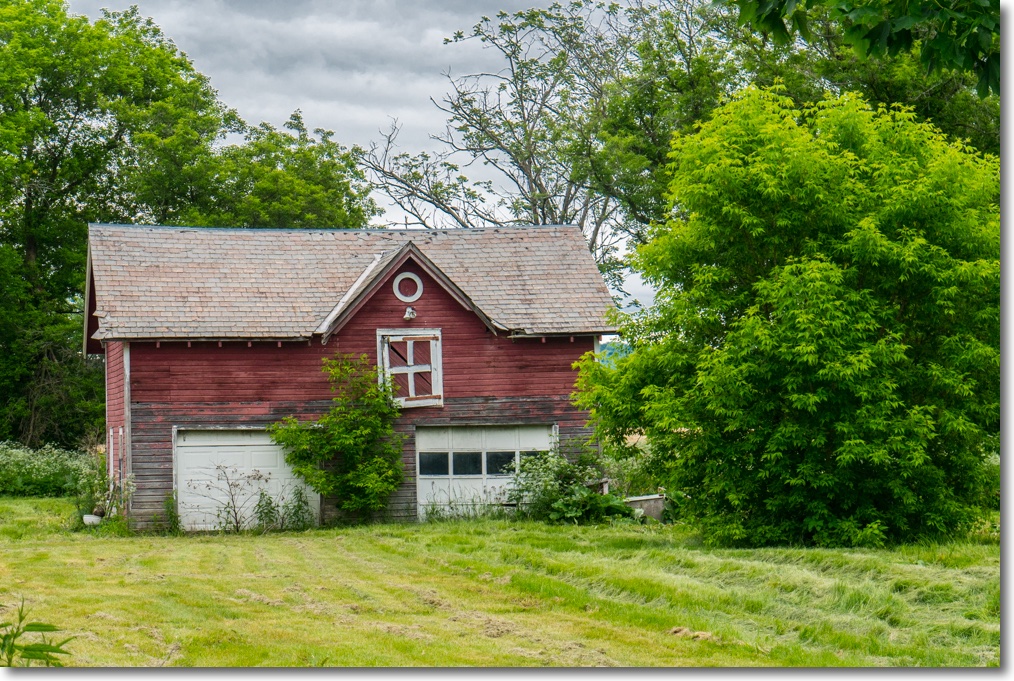Scottsdale, AZ.
Twelve months ago I left the increasingly foreign province of California known as Silicon Valley and moved to a place whose life style is infinitely preferable. One where you are not competing with loud strangers in their new land for a place in a restaurant and where your neighbors speak English because that, after all, is still the nation’s tongue.
And the carefully researched decision to leave the chaos, cost and noise of the Bay Area for Scottsdale, Arizona has proved to be right in every conceivable way. The other short listed candidates included Boise – Idaho, Santa Fe – New Mexico and Reno – Nevada. Anything further east failed the test of climate. The first two were excluded owing to the absence of decent sized airports with non-stop flights everywhere, the last because – you know – Nevada, land of trailers and gambling.
The big building boom in Arizona, fueled by corrupt banksters whose lending bubble popped in 2007, has seen the three prime states of crazy lending – Arizona, Florida and Nevada – with abundant housing inventory at well below the late-2006 peak. As ‘second home speculation pain’ has set in these homes are either being repossessed by those same banksters, where they are hidden off the balance sheet to keep the regulators happy, or marketed by owners heretofore in deep denial. And, indeed, I paid fifty cents on the 2006 dollar for mine.

Typical price history of homes in my zip code – this one still unsold after 7 months of listing at 15% off the peak price of 10 years’ earlier. Other areas are even worse. Reckon on over $1000 per square foot in the Bay Area.
North Scottsdale, exactly 30 minutes from Phoenix International Airport, is not cheap as the Phoenix metro area goes, but nonetheless homes here sell for one fifth (yes, one fifth) of comparable properties in the Bay Area. I had dozens and dozens to choose from and any of my six shortlisted candidates would have been fine. In the event I chose one on the periphery of America’s largest nature preserve and what few changes were dictated largely involved the garden.

The garden when I moved in – bare minimum builder standard plants, there since completion in 1996, further enhanced with wretched battery powered landscape lights.
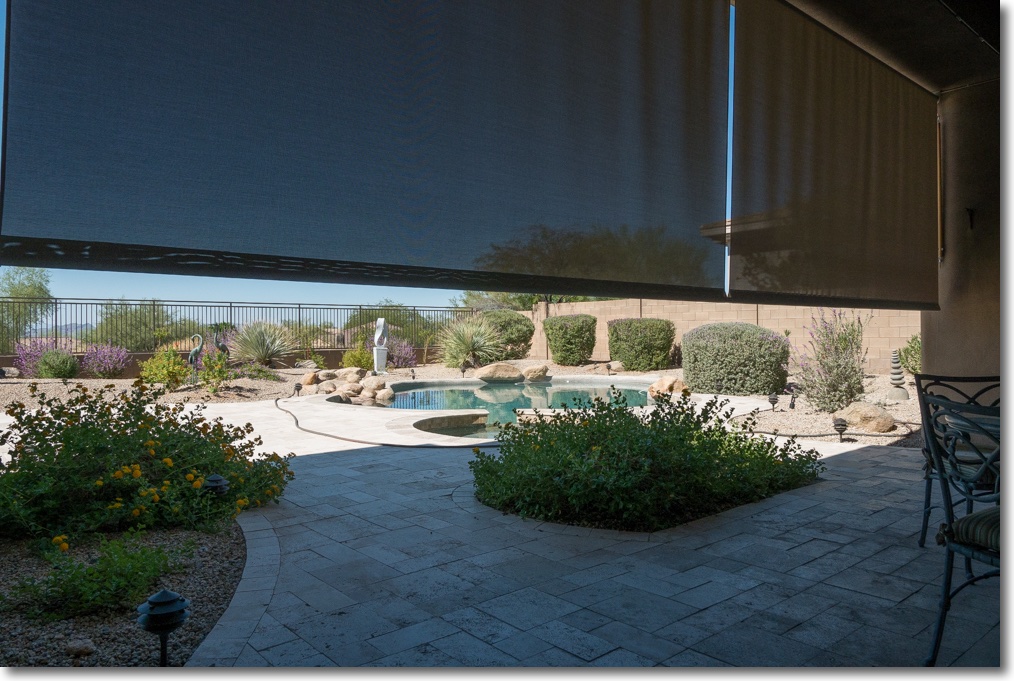
The garden today – a profusion of new plants, new irrigation, sculptures and a sun blind to enhance life on the patio. All new LED flood- and spotlights lend drama at night.
The surprising thing to me is that the previous two owners of the home cared so little for the spirit of place that these simple, obvious and inexpensive changes were not made 20 years ago. Life here centers around the patio with its outdoor furniture, mountain views and shelter from the sun. You might as well enjoy the garden while contemplating the meaninglessness of life …. But then, in contrast to western Europeans, Americans have never been high on the scale when it comes to appreciation of spirit of place, or for contemplative thought, for that matter.
What is wrong about Scottsdale? Well, one and all who have never lived here will point to three months of 100+F weather in the summer. Temperature without humidity data is meaningless when it comes to assessing climate quality and when I tell you that 100F in arid, high desert heat is not the same as 100F in the swamps of the Southeast you may understand.
But not for one moment would I suggest you move here. No siree! The hellish heat, the crowded potholed roads, the traffic – all utterly unbearable. I recommend the Bay Area for you.

Outside my little community in north Scottsdale. Hellish heat, the crowded potholed roads, the traffic, all those Rolls Royces, Bentleys and Ferraris, with Porsches for the lower demographic – avoid at all costs.
Click here for an index of all the Biographical pieces.


